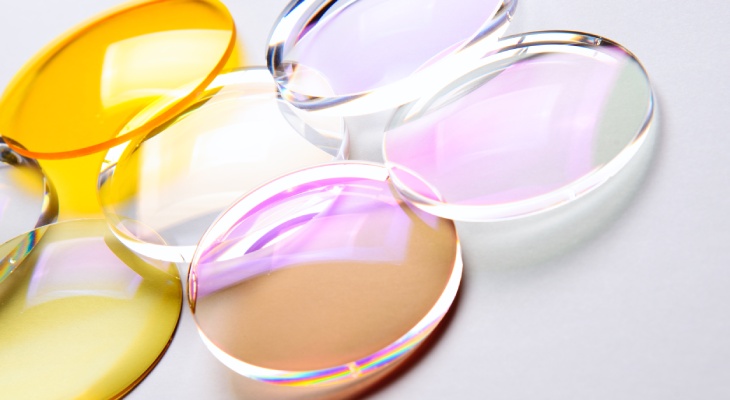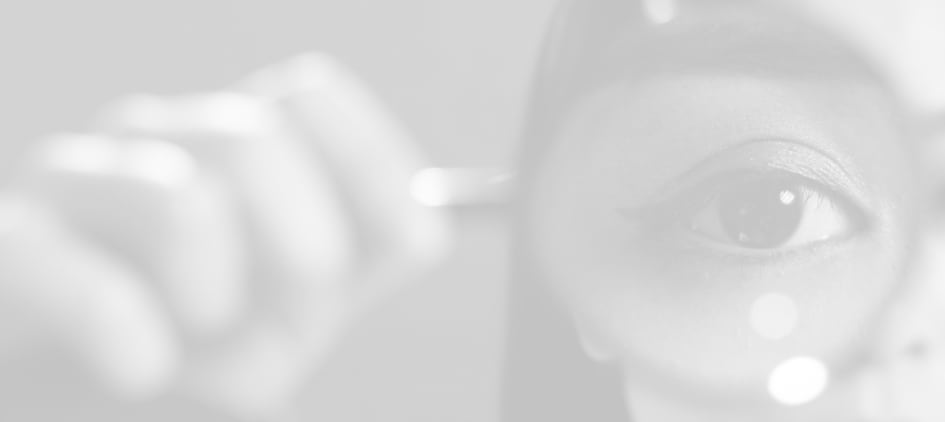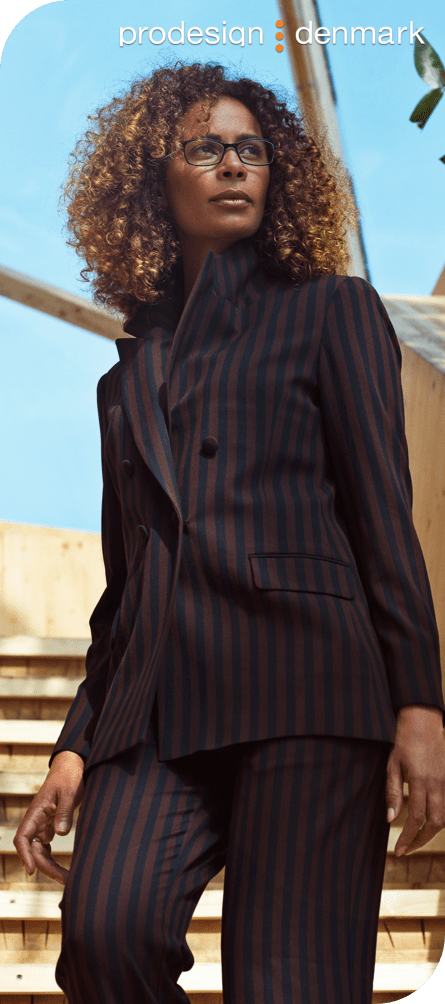In the realm of eyewear, glasses serve not only as a functional tool to correct vision but also as a fashion statement. Yet, beneath their stylish frames lies a world of intricate lens designs and materials that significantly impact both comfort, cost, and visual clarity.
From classic glass lenses to modern high-index plastics, the choices can be overwhelming. Let’s embark on a journey to explore the diverse landscape of lens designs and materials, delving into their characteristics, benefits, and considerations.
Classic Glass Lenses
Glass lenses have been a staple in eyewear for centuries. Renowned for their exceptional clarity and scratch resistance, glass lenses offer unparalleled optical quality. However, they come with some drawbacks.
Glass lenses are heavier than their plastic counterparts, which can make them less comfortable for prolonged wear. Moreover, their fragility can increase the risk of breakage, posing safety concerns. For these reasons, glass lenses are no longer routinely made.
CR-39 Plastic Lenses
Introduced in the mid-20th century, CR-39 plastic lenses revolutionized the eyewear industry. Made from lightweight plastic, these lenses are highly impact-resistant and can provide excellent optical clarity. They offer exceptional comfort, making them a popular choice for everyday use.
However, CR-39 lenses are thicker than other materials, especially for higher prescriptions, which can result in bulky frames. For these reasons, CR-39 is chosen for patients with less complicated prescriptions.
Polycarbonate Lenses
Developed for aerospace applications, polycarbonate lenses are renowned for their durability and impact resistance. These lenses are significantly lighter and thinner than CR-39 plastic, making them ideal for sports and safety glasses. Additionally, polycarbonate lenses offer built-in UV protection, safeguarding the eyes from harmful rays.
However, polycarbonate lenses may suffer from optical distortions and can be prone to scratching without proper coatings. Polycarbonate can be incredibly inexpensive compared to many of its counterparts, leading to its widespread use. The drawbacks in optical performance, however, should never be overlooked.
High-Index Plastic Lenses
High-index plastic lenses are engineered to be thinner and lighter than traditional plastic lenses. By bending light more efficiently, these lenses can reduce lens thickness and eliminate the “bug-eye” effect often associated with strong prescriptions. They offer improved aesthetics and comfort, allowing for a wide range of frame styles.
However, high-index lenses tend to be more expensive and may exhibit more chromatic aberrations than lower index materials. Regardless, for optimal performance and physical appearance in those with a higher prescription, a material with a refractive index of 1.67 or 1.74 should be considered.
Trivex Lenses
Trivex lenses combine the benefits of polycarbonate and CR-39 materials, offering exceptional optical clarity, impact resistance, and lightweight comfort. They can provide excellent color perception and can be less prone to distortion, making them an excellent choice for those with high prescriptions or active lifestyles. However, Trivex lenses may be more expensive than other options and are not as widely available.
Photochromic & Polarized Lenses
Photochromic lenses, such as Transitions, darken in response to UV light exposure and can provide a seamless transition from indoor to outdoor environments. These lenses offer convenience and UV protection without the need for separate prescription sunglasses.
On the other hand, polarized lenses can reduce glare and enhance visual clarity by filtering out horizontal light waves. They are particularly beneficial for outdoor activities and driving but may not be suitable for certain indoor lighting conditions.
Find the Right Lenses for Your Needs
The world of glasses lenses is vast and varied, offering a multitude of options to suit individual preferences and needs. Whether you prioritize optical clarity, durability, or aesthetics, there’s a lens material to meet your requirements.
When selecting your next pair of glasses, consider factors such as prescription strength, lifestyle, and budget to make an informed choice that supports your vision and comfort. After all, seeing the world through the right lenses can truly make a difference in your daily life.
When you’re shopping around and comparing the bottom line, make sure you consider what the lens is made of. Otherwise, you might be comparing apples and oranges. When you visit us, we can help you find the right lenses for your eyes and lifestyle. Schedule your next appointment today to speak with us about your unique needs.
Stay tuned for another blog post about lens designs for progressives, office use, and other specialty lens designs. Lens design is as crucial as lens material for providing you with optimal, functional vision.























